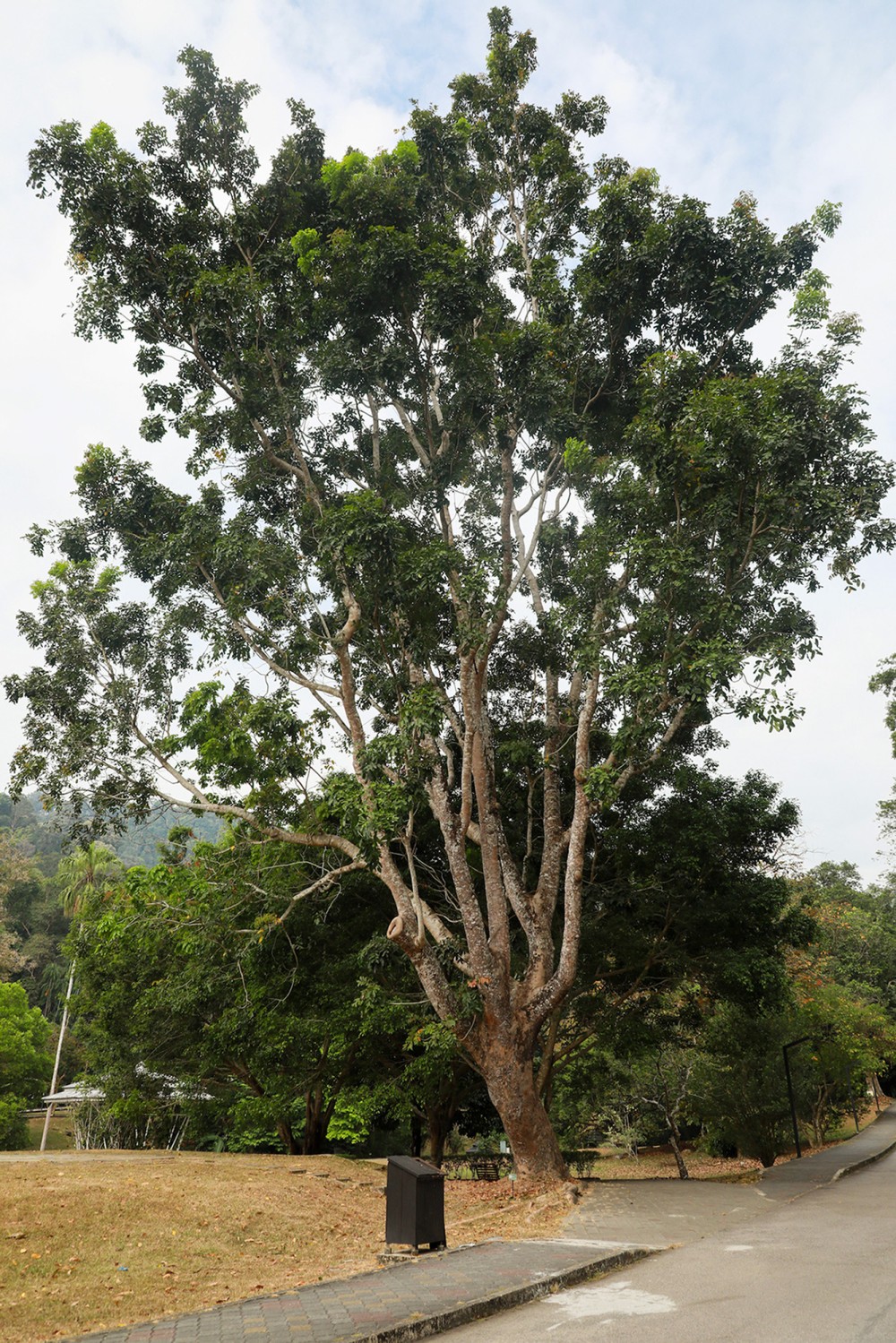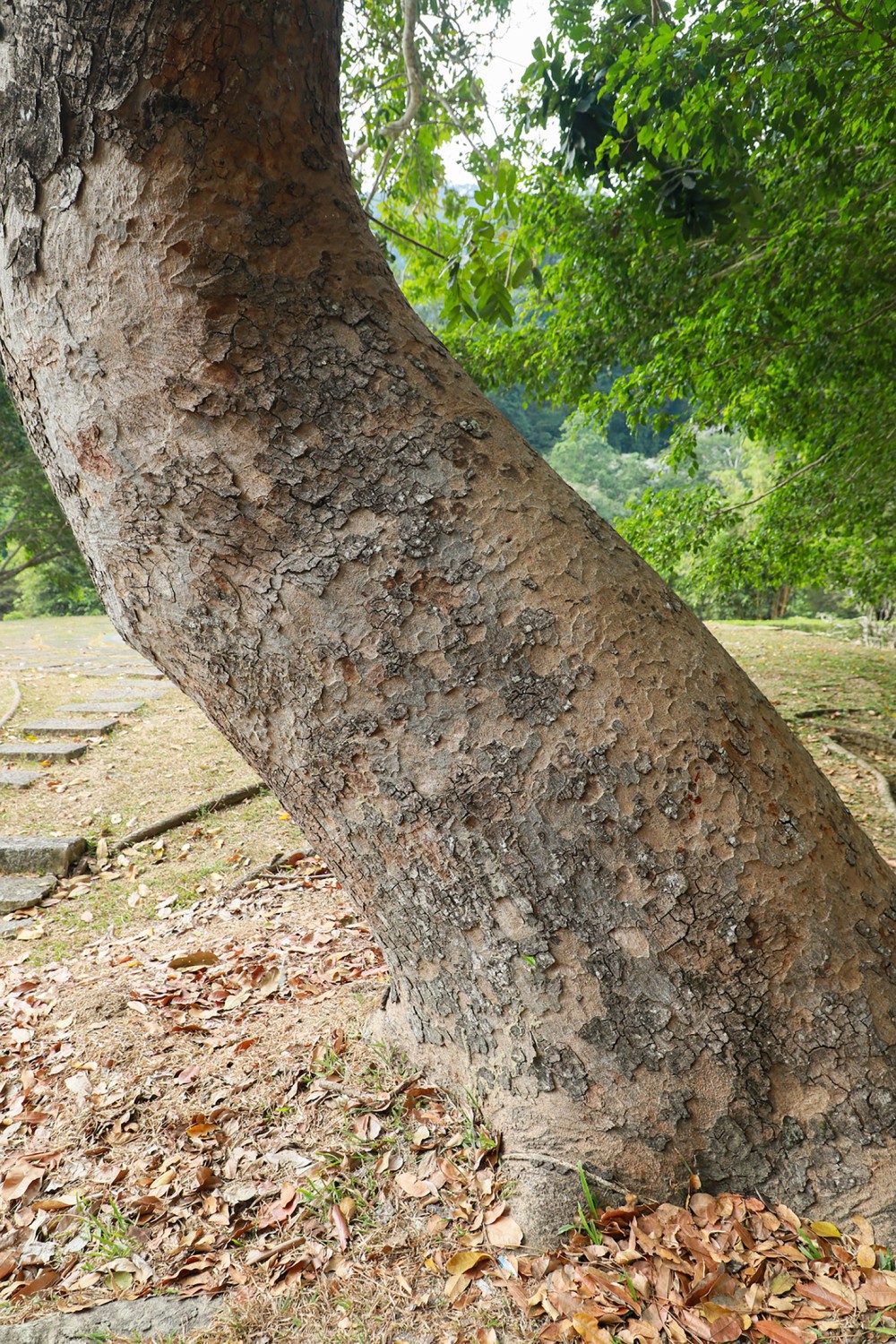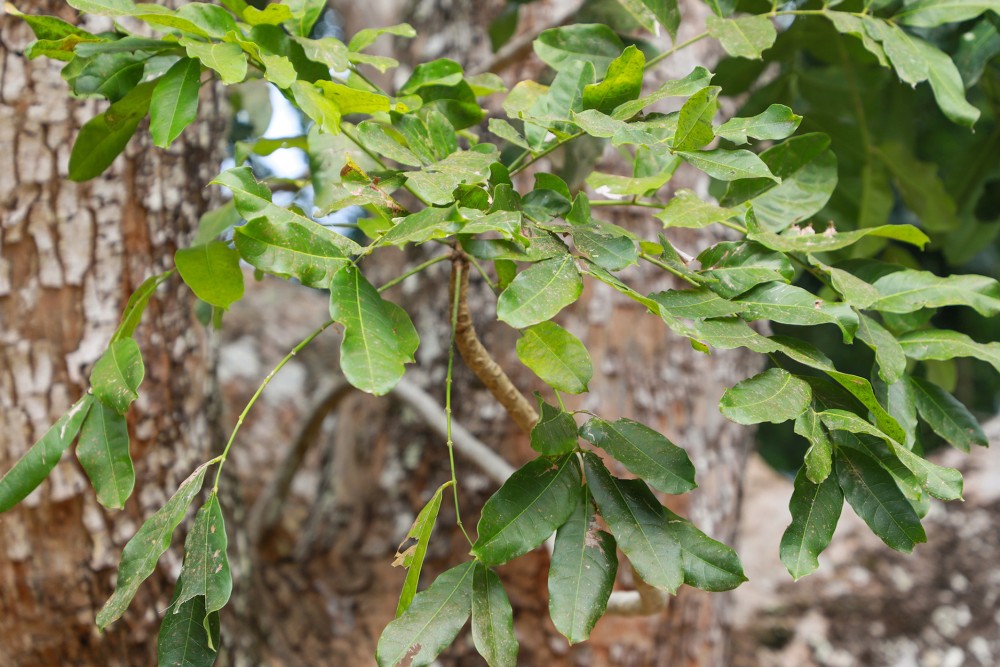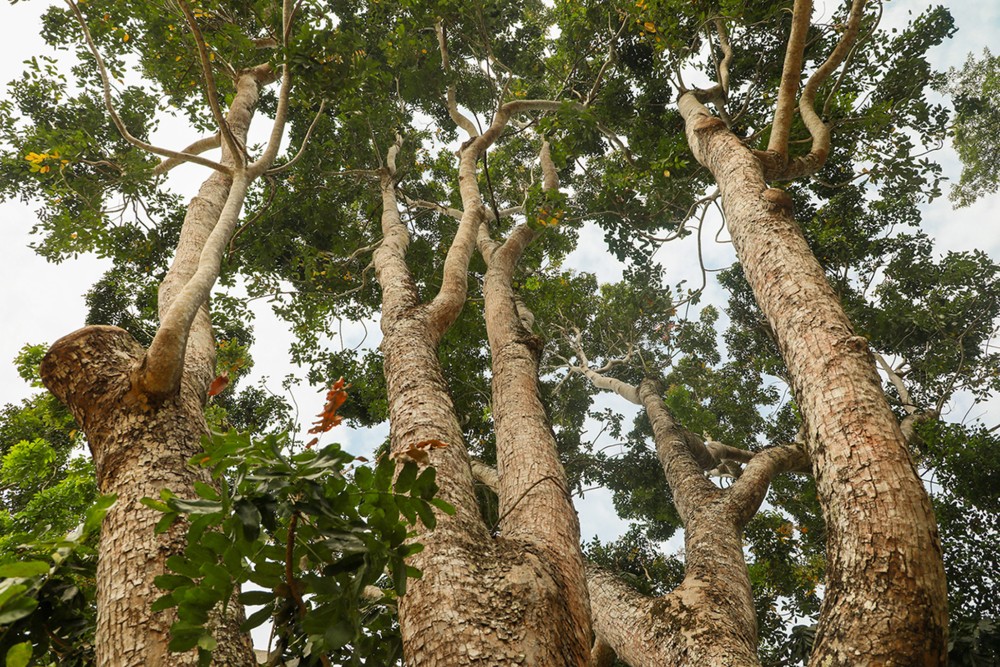No Data Found
Khaya senegalensis
Dry Zone Mahogany, Senegal Mahogany, African Mahogany, Senegal Khaya, Bisselon
![]() Intermediate Sensitivity
Intermediate Sensitivity
| Species Name | Khaya senegalensis |
|---|---|
| Common Name | Dry Zone Mahogany, Senegal Mahogany, African Mahogany, Senegal Khaya, Bisselon |
| Family | Meliaceae |
| Genus | Khaya |
| Taxonomic Synonyms/Past Names | |
| Taxonomic Notes |
Agree with the details?
Login to Vote Now
Species Information
- Large tree growing up to 30 m tall with a large and round crown. Evergreen or sometimes deciduous in drier climates. Leaves up to 25 cm long, pinnately compound with 3-6 leaflets on each side of the rachis, terminal leaflet absent. Flowers small, c. 1 cm across, cream coloured to white, in branched clusters to 20 cm long. Fruits are capsules, 4-6 cm across, woody, globose, and dehiscing into 4 valves when ripe.
- Senegal to Sudan and Uganda
- Riverine forests and higher rainfall savannah woodlands
- Up to 1800 m
No Data Found
No Data Found
No Data Found
No Data Found
No Data Found
No Data Found
No Data Found
No Data Found
No Data Found
No Data Found
No Data Found
No Data Found
No Data Found
No Data Found
No Data Found
No Data Found
No Data Found
No Data Found
No Data Found
No Data Found
No Data Found
No Data Found
No Data Found
No Data Found
No Data Found
No Data Found
No Data Found
No Data Found
No Data Found
No Data Found
No Data Found
No Data Found
No Data Found
No Data Found
No Data Found
No Data Found
No Data Found
No Data Found
No Data Found
No Data Found
No Data Found
No Data Found
No Data Found
No Data Found
No Data Found
No Data Found
No Data Found
No Data Found
No Data Found
No Data Found
No Data Found
No Data Found
No Data Found
No Data Found
No Data Found
No Data Found
No Data Found
No Data Found
- Native to Africa. [1]
No Data Found
No Data Found
No Data Found
No Data Found
No Data Found
- Specimens in urban areas were tolerant of water absence.
No Data Found
No Data Found
No Data Found
No Data Found
- Appears to not tolerate storm conditions due to improper planting. Proper planting and maintenance can rectify this issue.
No Data Found
No Data Found
No Data Found
No Data Found
No Data Found
No Data Found
No Data Found
No Data Found
No Data Found
No Data Found
No Data Found
- Susceptible to a bacterial disease caused by X. khayae sp. nov., which results in rough scabby leaf spots and knobby stem cankers. The sapwood is prone to long-horn beetle and powder-post beetle attacks. It does not do well in plantations often due to attacks from the shoot borer Hypsipyla robusta. However, a plantation context is specific and may not apply to urban trees, especially since misshapen trees have no timber value. [1]
No Data Found
- Susceptible to a bacterial disease caused by X. khayae sp. nov., which results in rough scabby leaf spots and knobby stem cankers. The sapwood is prone to long-horn beetle and powder-post beetle attacks. It does not do well in plantations often due to attacks from the shoot borer Hypsipyla robusta. However, a plantation context is specific and may not apply to urban trees, especially since misshapen trees have no timber value. [2]
-
Insufficient Data
No Data Found
No Data Found
No Data Found
No Data Found
No Data Found
No Data Found
No Data Found
No Data Found
No Data Found
- Has medicinal properties and is used for timber [1]
Contributors: anonymous
Last Updated: 2023-03-15




No comments